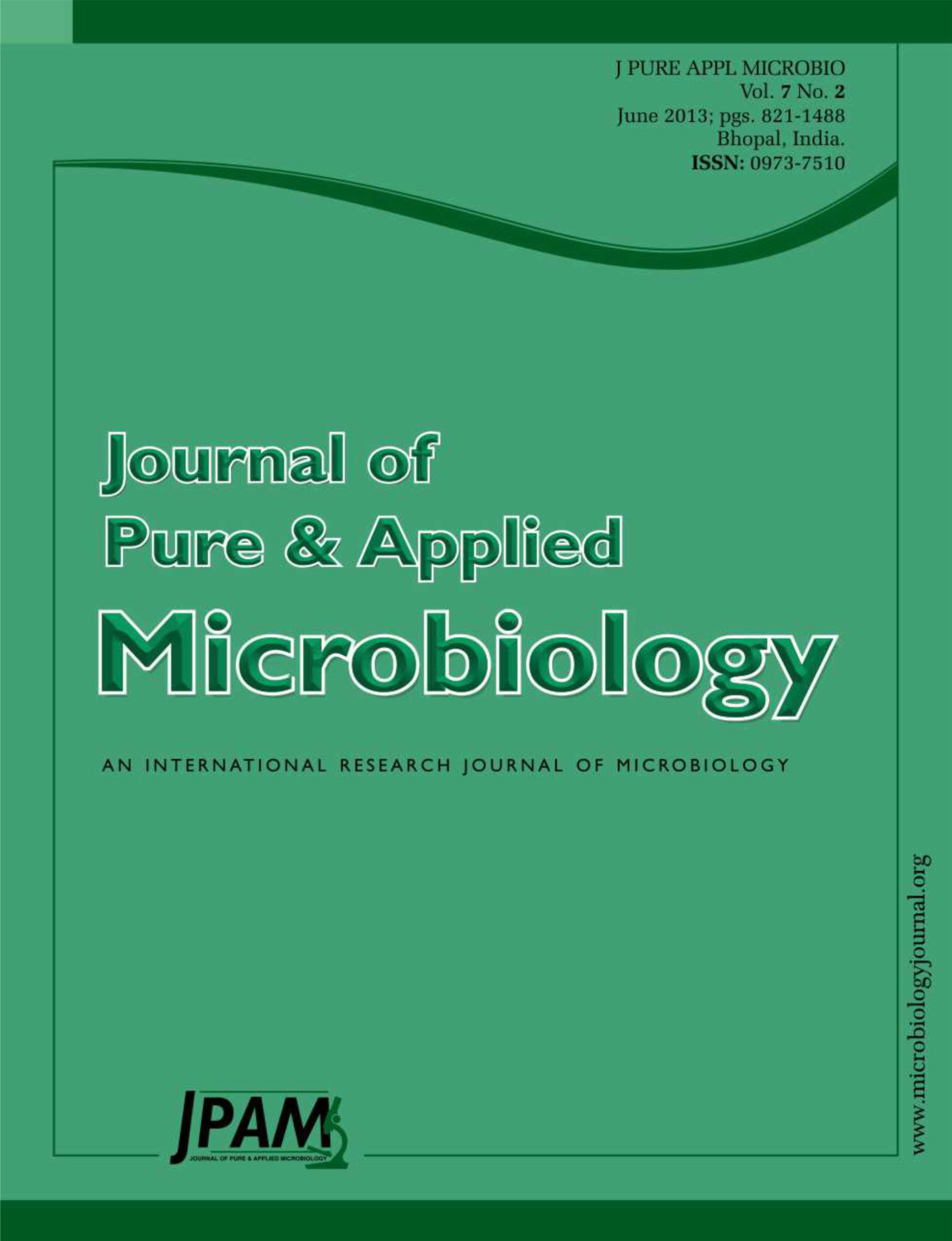The effect of medium composition on alginate lyase production, by a lineage of Pseudoalteromonas tetraodonis, was investigated using response surface methodology. The concentrations of inorganic nitrogen and salts in culture medium, such as di-ammonium hydrogen phosphate, sodium chloride, ferrous sulfate, magnesium sulphate and potassium di-hydrogen phosphate, were changed to obtain the optimal production. The result showed that di-ammonium hydrogen phosphate, sodium chloride and magnesium sulphate had significant effect on alginate lyase production using a two-level fractional factorial design (FFD). The maximum yield of alginate lyase was attained in a medium containing (g/L): Alginate sodium 5, (NH4)2HPO4 11.6, NaCl 32.9, FeSO4 0.03, MgSO4 0.08 and K2HPO4 0.4, using the surface response methodology and central composite design (CCD). The model prediction of alginate lyase yield at 145.45 U/mL was experimentally verified.
Alginate lyase, Fermentation, Response surface methodology (RSM), Two-level fractional factorial design (FFD), Central composite design (CCD)
© The Author(s) 2014. Open Access. This article is distributed under the terms of the Creative Commons Attribution 4.0 International License which permits unrestricted use, sharing, distribution, and reproduction in any medium, provided you give appropriate credit to the original author(s) and the source, provide a link to the Creative Commons license, and indicate if changes were made.


